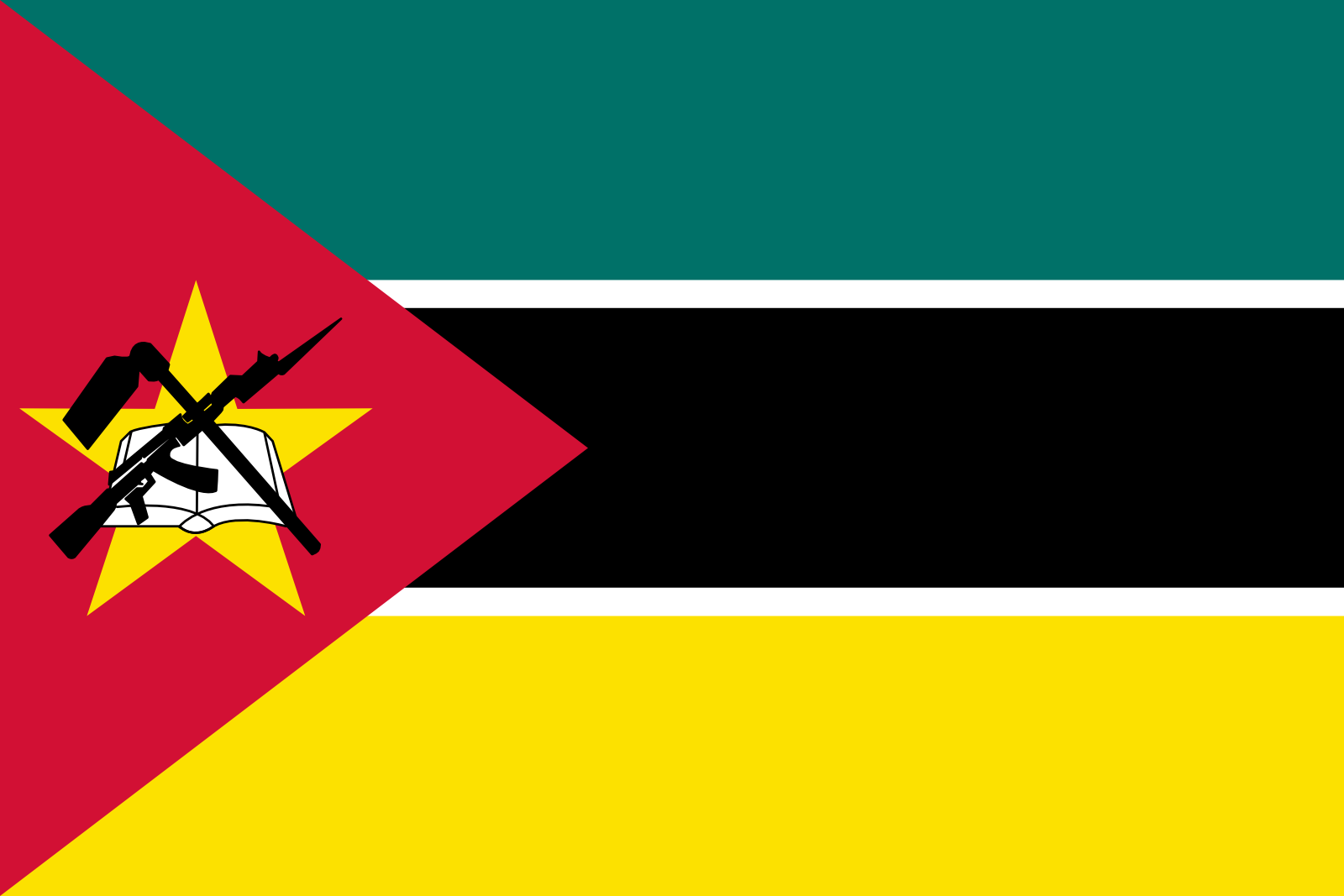Last week, deminers in Mozambique detonated the country’s last-known landmine. It took 22 years to rid them all, more than 200,000 total. Decades of conflict had ruptured the country, with a 10-year fight for independence from Portugal, followed by 15 years of civil war. By the end, in 1992, more than a million people had been killed, 5 million displaced, and half the country contaminated with mines. That final blast last week marked a victory for 27 million Mozambicans—and a hope for hundreds of millions more worldwide who live in the lingering shadow of war.
Explosive remnants of war (ERW) or unexploded ordnance (UXO), is a hidden killer that claims thousands of lives and limbs each year. Landmines litter roughly 60 countries and regions of the world, while cluster munitions—particularly heinous types of bombs with historically high failure rates—contaminate 25 countries. The vast majority of cluster-bomb accidents harm civilians in the course of daily life.
The full toll of these weapons is typically measured in terms of casualties (about 10,900 people in Mozambique, for example). But casualty counts are insufficient indicators of risk and harm. They tell just half the story, through quantifiable events: accidents, injuries and deaths. The rest of the story is found in what doesn’t happen and what can’t be counted: acres not planted, harvests not reaped, forests not foraged, waters not fished, incomes not earned and mouths not fed.
UXO is more than a killer. It’s a hindrance to development and food security. Globally, for every casualty counted, millions still live in fear of the ground beneath them.
In fact, one of the primary reasons that militaries use mines and cluster bombs in warfare—they render an area unsafe and inaccessible—is precisely the problem in the aftermath. “Landmines and explosive remnants of war prevent access to land long after conflicts end,” author Bryan McDonald writes in a report on food security and remnants of war. “As a result, ERW can pose significant problems for post-conflict efforts to promote stability and economic reconstruction.”
This is a catastrophe for farmers. When land is contaminated with old weapons, farmers can’t safely plant. They can’t tromp through forests or clear new fields. They can’t fish, forage or fetch water without worrying about the dangers below. Landmines and bombs pollute the soil and water, and they kill livestock too.
Food security is commonly defined as “all people, at all times,” having “physical, social and economic access to sufficient, safe and nutritious food that meets their dietary needs and food preferences for an active and healthy life.” Access is an operative word here. UXO denies farmers and their families access to food.
One case in point: Laos. An estimated 80 million bombs remained in the soil when the 9-year US bombing campaign ended in 1973. More than 20,000 people have been killed or injured since. “I have to remind myself that’s just the tip of the iceberg,” said Jim Harris, founder of the nonprofit We Help War Victims. “Half the population probably lives on uncleared land. So the fear factor: you may have 20,000 killed or injured, but you have millions of people who live in fear. And when that fear says to people: better that we go hungry than limbless, well that’s a choice they’ll make. A choice I’d make. I’d tighten my belt before I put a shovel in the ground and try to expand my garden. I don’t want to be limbless or blind or a burden on my family.”
It’s a cruel irony that some of the countries most heavily contaminated with UXO also suffer some of the world’s highest rates of malnutrition and poverty. In Laos, nearly half of all children under 5 are chronically malnourished, and in rural areas, one in five is severely stunted. When I asked Harris what causes hunger there, he said, “First and foremost would be the presence of UXO that confines people to a very limited area for production.”
Harris, who has made 18 trips to Laos in the past 15 years, talked about working with a clearance team that destroyed bombs in a remote area so farmers could build an irrigation ditch. “I still shake my head and think they waited 40 years. For 40 years, they’ve aspired to be a two-rice-crop village and they waited wisely for 40 years because it was too dangerous to dig a ditch. We show up and we clear the path for that ditch in three days,” Harris said. “We finish our work, and two years later they’re growing two rice crops instead of one. And that means either more calories on the kitchen table, more calories in the mouths of their children, or a cash crop that goes to market.”
Mozambique’s war for independence started in 1964, the same year the American bombings began in Laos. Half a century later, Mozambicans can dig in safety now. But from Laos to Sudan, Croatia to Afghanistan, Cambodia to Nagorno-Karabakh, millions of farmers continue to risk their lives at work, in the field. It’s a long wait for the day they can till the land in peace.
